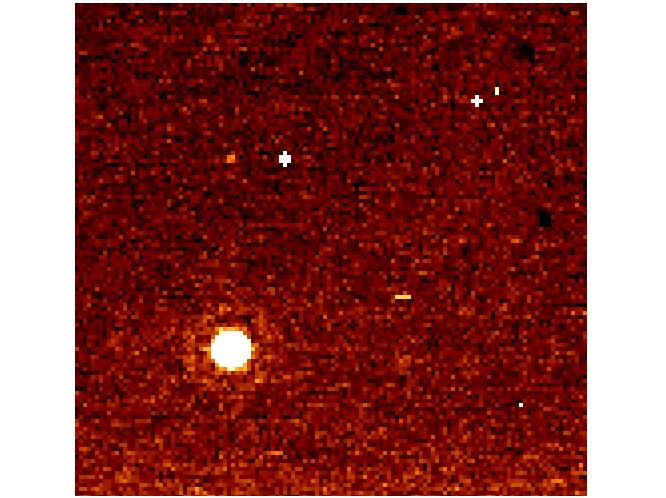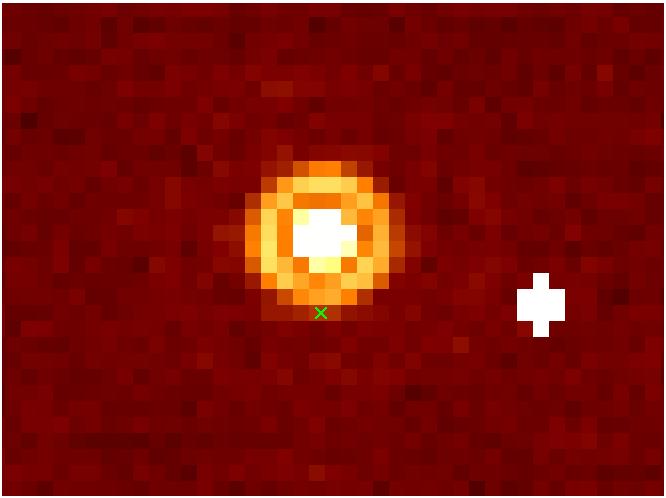There is a problem w/ your write-up. Check that you have valied entries
for \$CAID and \$Campn in your analysis.php file. If that checks out, then
Contact Stansberry";
return ;
}
// get first matching task
$row = mysql_fetch_array($result);
$title = $row["title"];
$princ = $row["principal"];
$deputy= $row["deputy"];
$campn0 = $row["campn0"];
$aorkeys = $row["aorkeys"];
// get real name of principal, deputies
$princ = ioc_get_person($princ);
$princ = $princ[0];
$deps = explode(",",$deputy);
foreach ($deps as $depty) {
$depty = trim($depty);
$depty = ioc_get_person($depty);
$depty = $depty[0];
$depty = explode(",",$depty);
$depty = $depty[0]; // last names only
$deplist[] = $depty;
}
$deplist = implode(", ", $deplist);
$caid = sprintf("%03d",$caid);
$file = "mips-".$caid.$campn.".analysis.php";
// if more matches, append the AORKEYS from those
$numrows = mysql_num_rows($result);
if ($numrows > 1) {
$aorkeys = " " . $numrows . " Task Executions: ". $aorkeys;
for ($i=0;$i < mysql_num_rows($result); $i++) {
$row = mysql_fetch_array($result);
$morekeys = $row["aorkeys"];
$aorkeys = $aorkeys .'; '.$morekeys;
}
}
// END PHP.
?>
<? echo "MIPS-$caid, Campaign $campn IOC/SV Analysis"; ?>
Principal:
Deputy:
Analyst:
AORKEYS:
Last Updated:
Task Outcome Summary
- DATA STATUS: Inadequate
- TASK OUTCOME: Incomplete
Abstract
Observations corresponding to 30%, 100%, and 300% of full well were taken.
These saturation levels will be achieved through a combination of source
selection and exposure times. At each of the three signal levels: (1) Observe
a source using a small field dither pattern (1 cycle); (2) Execute a
flush cycle (dark sky observation) to elimate latents from the next
set of exposures. The results show that latents do not persist strongly
beyond the first DCE after an exposure is taken (as seen in ground test).
Unfortunately, the 24um small field AOT used in this task is unsuitable for
tracking the detailed time history of latents since the second DCE following
a given exposure places the latent within the first Airy ring of the new
image. This design may have negative implications for photometry of
bright sources.
Analysis
This task was accomplished entirely with AORs. We pointed at HD152222 and
obtained a single cycle of 24 µm small field photometry (16 DCEs) with
3 sec exposures (~30% full well). Then we moved to a dark sky region 1
deg N & E of HD152222 and performed 3 sec single photometry cycles at
two positions offset by 10" to allow any bright object latents to disappear.
We returned to HD152222 for 10 sec exposures, followed by cycles
of 3 sec exposures on dark sky to flush the latents. Finally, we observed
HD152222 with 30 sec exposures to obtain 300% full well stellar images.
Following the observations, the data were reduced using DAT v2.20.
Calibration files from Campaign F were utilized in the reduction.
The intent was to measure latent image photometry using tools in IRAF.
The following figure shows the latent images remaining after a 10
second exposure on a point source close to saturation (left side
of image; latent is faint source well above star):

Unfortunately, the design of the 24um small field photometry
places the images in every other DCE too close together for
tracking the time history of latents. In the second DCE after
an exposure, its latent falls within the first Airy ring of the
current exposure. This effect, illustrated in Figure 2,
causes the current data set to be unsuitable for tracking latents.
The figure shows the position of the potential latent from two
DCEs in the past (green x) relative to the stellar image.

Results
In a 3 second exposure with a source ~30% of full well, the latent
in the first DCE has a value of 0.8% of the original image
In a 10 second exposure with a source ~100% of A-to-D saturation,
the latent in the first DCE has a value of 0.66% of the original image.
In a 30 second exposure with a source ~300% of A-to-D saturation,
the latent in the first DCE has a value of 0.68% of the original image.
Further analysis of other data sets is required to trace the detailed
time history of latents on the 24um array.
Conclusions
For Si:As temperature = 5.2 K, latent images should not be
a serious problem for unsaturated and mildly saturated
sources. The latent in the first DCE after the exposure
is less than 1% of the original source. However, since latents may
appear within the first Airy ring of subsequent images
in 24um small field photometry, we should consider separating
the images more widely through CSMM parameter manipulation to
avoid contamination of photometry.
Output and Deliverable Products
None
Actions Following Analysis
Analyze the focus and FPS IERs to track the time history of latents
at 24um. Replace the MIPS-155 AORs in Campaign R with an IER which
will allow the latents at the final array temperature to be tracked.
If the team decides to change the 24um small field AOT, implement
a new set of CSMM parameters to more widely distribute the images.

